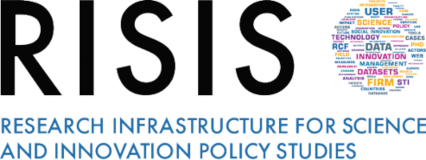
Interview with Thomas Scherngell (AIT)
coordinator of RISIS Datasets Access Management
More than 350 research projects were supported by RISIS resources in the last 4 years. Most users come from European countries, but the interest from the US and Asian researchers’ community is growing very fast
RISIS (Research Infrastructure for Science and Innovation Policy Studies) aims to promote an open data research infrastructure in the field of Science, Technology, and Innovation Studies. How can RISIS help young researchers in performing their research?
When I remember my own PhD that I finished back in 2006, I would have been extremely happy if something like RISIS would have been in place at that time. I spent almost three years gathering and bringing together data on patent citations for capturing the geography of knowledge flows. With RISIS, we provide such data ready-made, to young as well as established researchers. This comes by the provision of access to raw source data that are robust and inter-linked, covering main dimensions of important topics in research & innovation (policy) studies but also related fields. Accessible datasets cover topics such as markers for R&D and innovation outputs, firm innovation capabilities, public research, or policy learning. That’s the reason why we have attracted and served more than 350 researchers in the last four years that applied with their research projects to get access to RISIS raw data, and thousands of users in our online indicator and service modules.
What is then the RISIS add value?
Clearly the interoperability and the robustness of RISIS datasets is the highest added value, in particular for young researchers. For instance, thanks to RISIS, young researchers are able to empirically characterize different kinds of research and innovation activities in a very specific territory (e.g. metropolitan areas) and very specific thematic domains (e.g. key enabling technologies). This opens up completely new possibilities and is ad-hoc not available in any other place without investing a lot in data preparation and cleaning.
At this stage, what are the most challenging steps?
Since RISIS is a research infrastructure designed and operated by researchers of the field, we always intend not only to keep our datasets relevant by regular updates, but also to advance them in light of new, upcoming research debates. For the last year, we have chosen to prepare RISIS to address the identification of R&D and innovation activities related to the Sustainable Development Goals (SDGs). This requires not only the development of an ontology, but also the annotation of our data items in order to relate different R&D outputs to SDGs.
Could you briefly illustrate the positive outputs in the development of the project?
While in the first phase of RISIS as an infrastructure, we served around 100 research projects in four years(between 2014 and 2018), we have recently supported more than 350 projects in the same time span. This means that the number of research projects we support has more than tripled. On top come the users that we serve with the provision of indicators in the online tools. In terms of researchers using the data, we find many young researchers, in particular PhD projects, but also established scholars. Clearly, many of them come from the core field of research & innovation (policy) studies, but a number of them also from related fields, such as economics. While the majority of users come from Europe, it is interesting that RISIS is increasingly attracting global users, both from the US but also Asian countries.
Training also is at a core of the RISIS project, why?
Given that some of the datasets are very large, and really complex to be used in terms of a series of interrelated tables, training is very important to make users fit for effectively mobilizing the data. Moreover, we show them advanced quantitative analytical methods, such as latent class analysis, or panel and spatial econometrics. This is brought forward with real-world usage cases which helps young researchers also to find interesting application cases.




